Talking about trench foot hits home for me. I’ve experienced only the earliest stages of this affliction, but it was nearly enough to derail my 2014 attempt at thru-hiking the John Muir Trail. I’m a firm believer that your comfort when hiking or backpacking starts from the ground and works it’s way up. That’s why I’d like to take some time today to help you identify and overcome the symptoms of trench foot.
Warning: This post contains pictures of feet. If that’s not your thing, check out some of my other Hiking Tips and Trail Recommendations!
Article Overview
What Is Trench Foot?
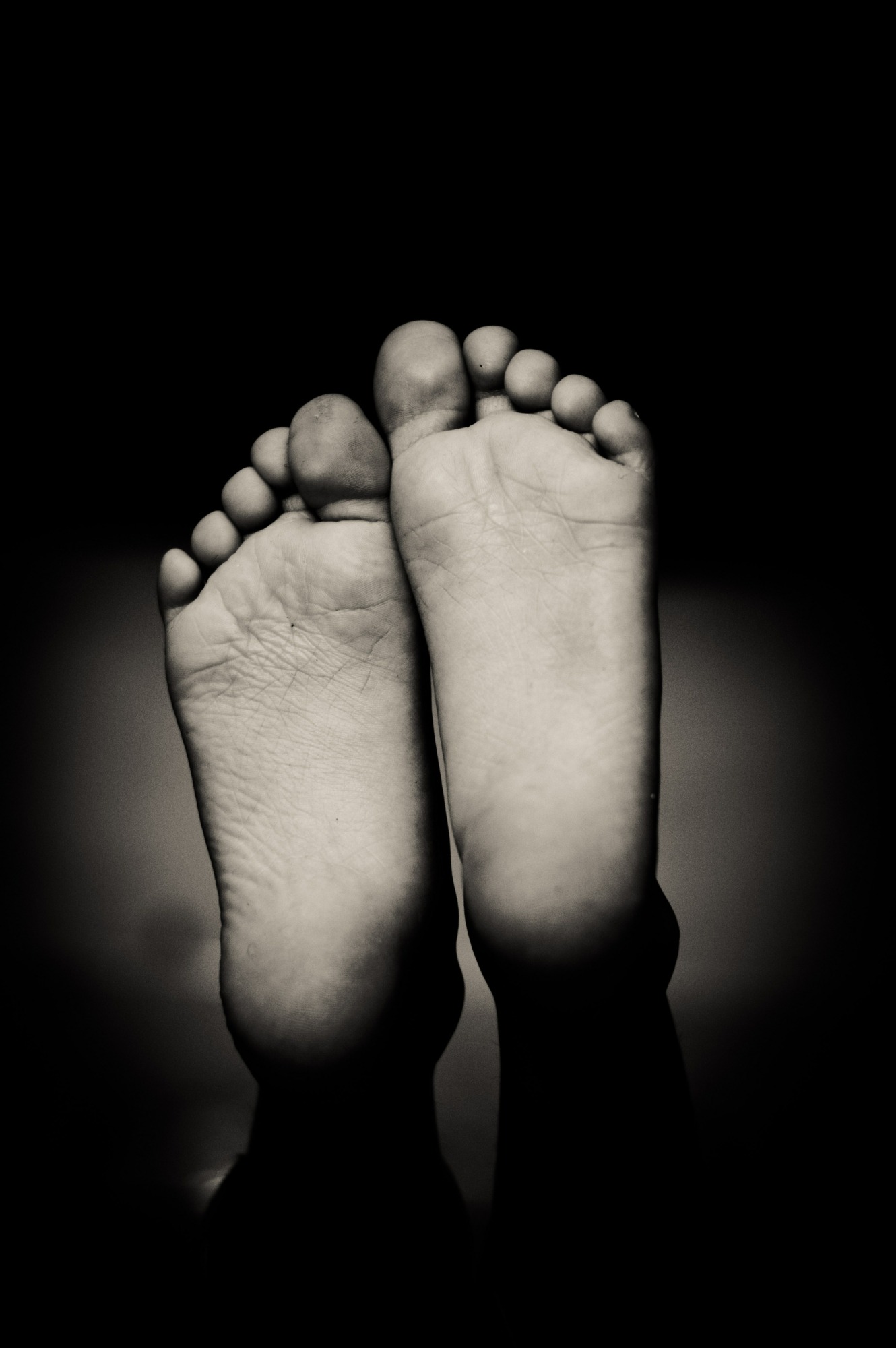
Historically, trench foot was among the most common maladies afflicting soldiers during World War I. As one might imagine, standing in trenches that were often filled with water for days on end had some pretty disastrous effects on the health of soldier’s feet.
“Trench foot, also known as immersion foot, occurs when the feet are wet for long periods of time.” (1) While it can be quite painful, it can also be treated and is certainly preventable. Some common symptoms of trench foot include a tingling or itching sensation in the bottom of the feet, swelling, cold and blotchy skin, numbness, and a prickly or heavy feeling in the foot. In some cases, feet may become red, dry, and painful as they warm.
How Do You Get Trench Foot?
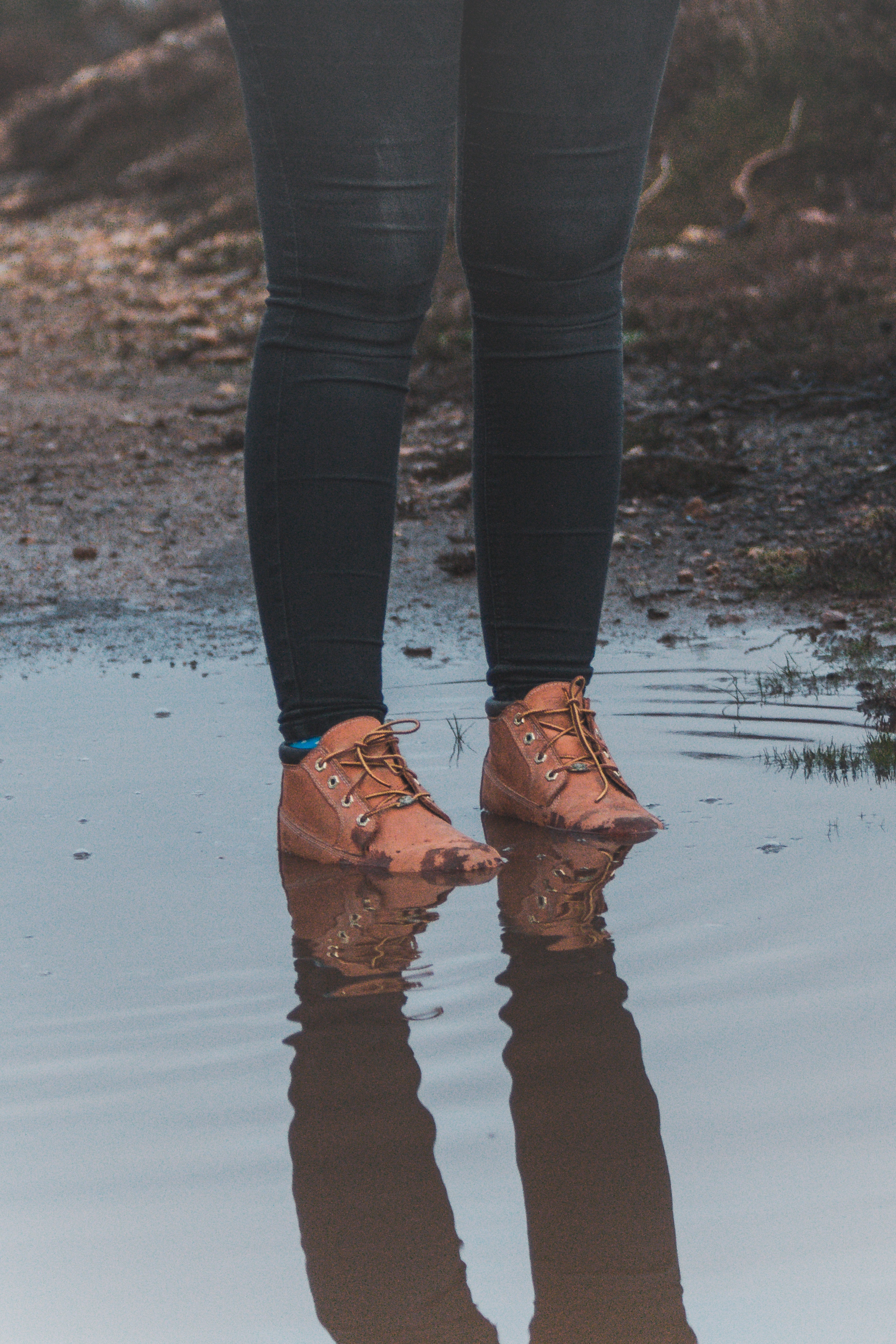
Like so many soldiers learned during WWI, it’s not healthy for your feet to remain wet for long periods of time. In my case, our first 7 days on the trail were quite rainy and my feet were therefore very wet during the day. I also made the mistake of keeping my feet inside socks and camp ‘booties’ in the evenings.
The lesson: I never gave my feet a chance to properly dry out at night, or at any point during the day for that matter.
When it comes to hiking, you have to be pretty stubborn (like me!) to suffer through the earliest signs of trench foot without realizing something needs to change. The first signal I had was an itching sensation when my boots were removed. That began to be coupled with increased sensitivity in the bottoms of my feet, which made daily hiking quite uncomfortable.
Most simply, on an extended hiking trip, you can get trench foot if your feet aren’t given an opportunity to dry out every day. This could be because you’re hiking in an extremely wet climate or could be from excessive sweat. Either way, the easiest way to get trench foot is essentially neglecting that your feet don’t feel like they should and electing to simply try to “push on.”
What Happens If Untreated?
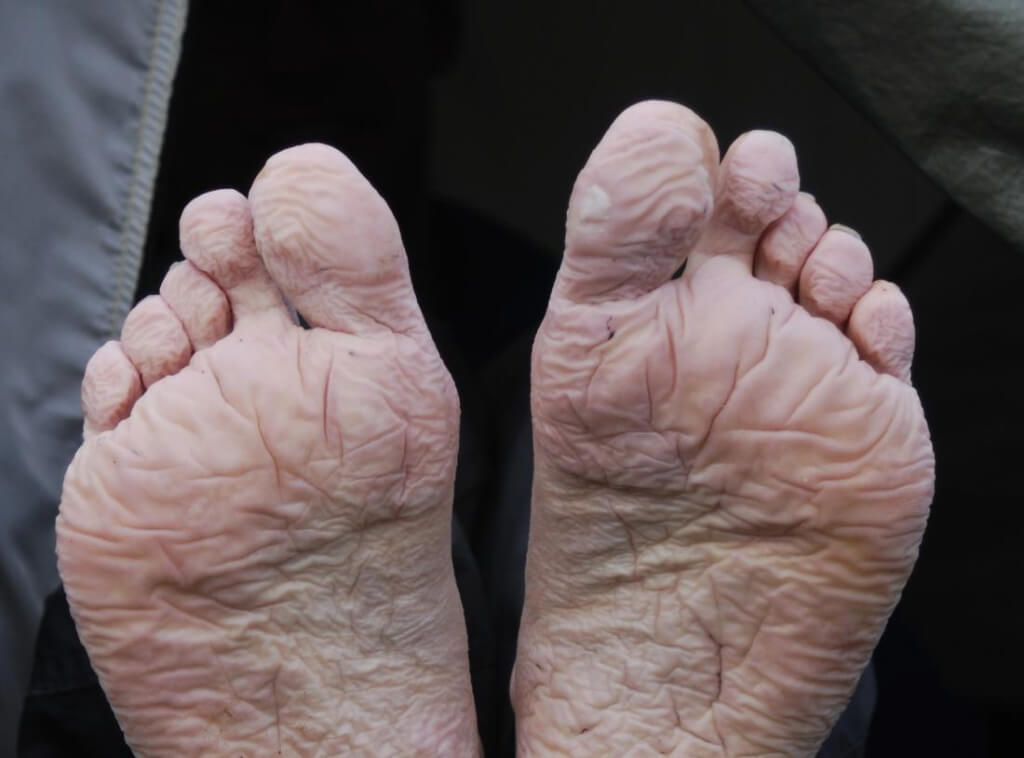
If left untreated, trench foot can have very serious effects. As symptoms progress, blisters form. Eventually, these give way to dying skin and tissue falling off. This can include the toes, heel, or the entire foot.
In the case of many WWI soldiers, trench foot progressed so far that they became gangrenous. In the worst cases, some soldiers lost their entire legs to this affliction.
How To Prevent Trench Foot
One of my additional mistakes was improper footwear. I had sturdy, ankle-high boots, but they didn’t breathe. This is critical on longer hikes. I was more worried about the health of my ankles than the fact that my feet were able to breathe throughout the course of the day.
So, my first prevention tip is to choose the correct footwear!
In addition to correct footwear, it can be helpful to change and dry socks regularly during the day. I began changing socks every day at lunch and once more immediately upon setting up camp for the night.
So my second tip is to change socks often and allow them time to dry in between sock-changes.
I also found Gold Bond to be extremely useful in preventing my feet from further suffering. I would apply Gold Bond to both the bottoms of my feet and the insoles of my boots. Gold Bond works to absorb excess moisture and keeps the skin dry.
So my final tip is to allow your feet to dry every night so that they feel fresh to put back into your boots each morning!
Care For Your Feet!
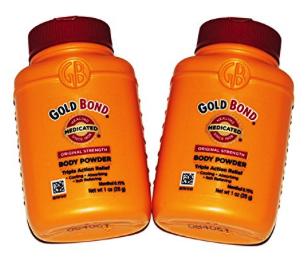
Trench foot is easily recognizable and preventable. But it can also cause a significant amount of discomfort if ignored. My stubborn approach to dealing with trench foot nearly caused me to bail on what was the most amazing long-distance hiking trip of my life, to this point.
My goal in sharing this information about trench foot, along with bits and pieces of my experience, is to help others realize that preventative care is best. It’s not difficult to choose the right shoes and pack extra socks and a bottle of Gold Bond. But forgetting these items can result in a very uncomfortable and, possibly, unsuccessful hiking journey.
It is my hope that nobody has to suffer the discomfort of trench foot. The information in this article is derived from my direct experience and pulled from credible sources, i.e. the Centers for Disease Control and Merriam-Webster. I hope you enjoy reading about a condition you never have to experience!
Happy Feet = Happy Hiking!
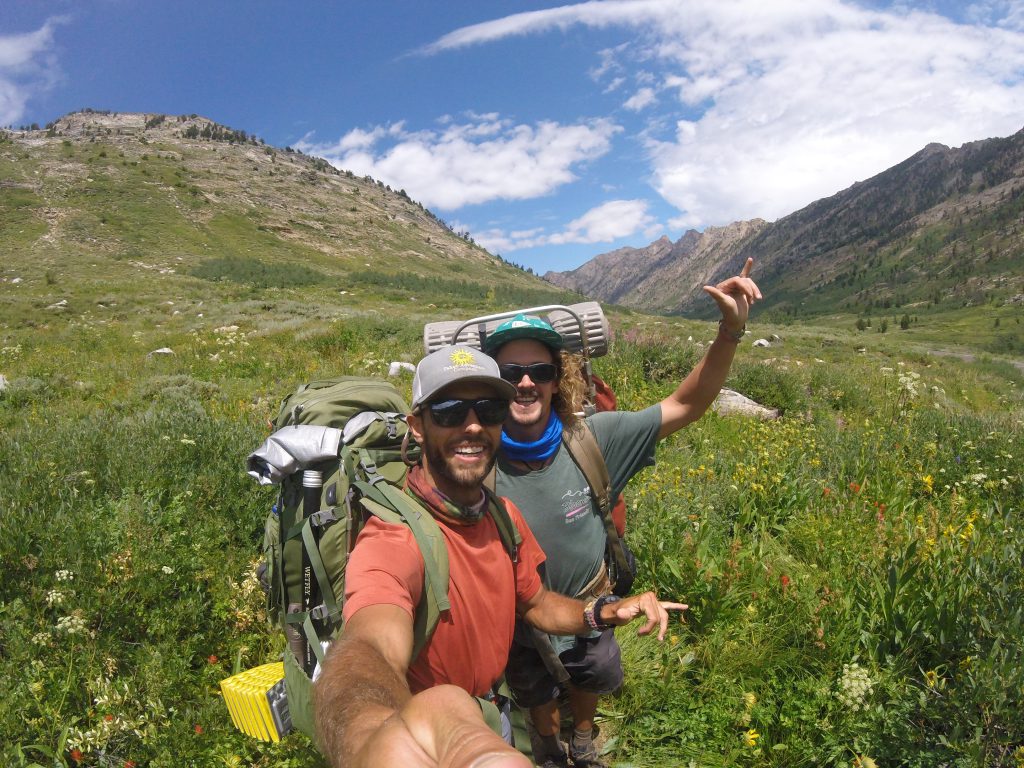
At The Backpack Guide, I’m always looking for new trails and wildernesses to explore. And I’m always searching for new knowledge! If you think I missed a vital piece of the PCT’s history, I’d love to hear from you! Also, let me know if you’d like to write your own review of backpacks, survival kits, or trails in your area!
Drop me a line here or find me on social media @thebackpackguide on Instagram and Facebook. Tag me in your photos with your newest pack or from your most recent adventure!
I hope you’ve enjoyed these tips and I’d love to hear your feedback in the comments section below. I’ll be quick to reply to any questions, comments, or concerns you feel like sharing!
Happy Hiking Friends!
The Backpack Guide
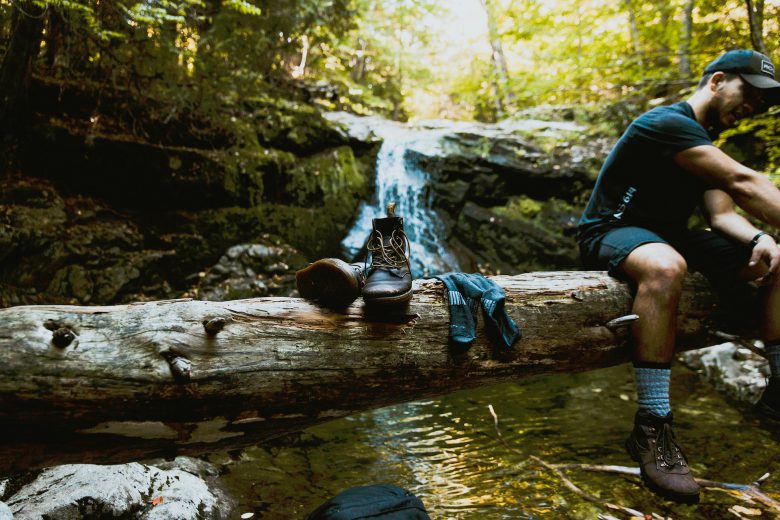

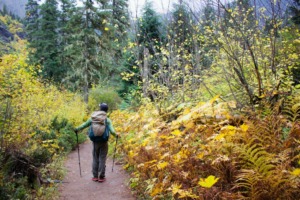

Comments
I enjoying reading your post about trench foot. It is a very useful guide for me, because my son go hiking a lot.
Do you need to take any medicine to treat the trench foot or just use the Gold Bond?
When you got the trench foot, how long was it take to recover?
Author
Hi Odette! Thanks for your comment!
The main remedy is to give your feet ample time to dry. With proper, breathable footwear, this shouldn’t be an issue. That said, I was able to treat it using just Gold Bond and a routine of regularly changing socks. In my case, my feet were incredibly sensitive after the first week on the trail, but after a change in routine (three changes of socks daily and a regular application of Gold Bond at the time of each change, as well as being more conscientious of going barefoot in the evenings to expose my feet to the dry mountain air) I was able to continue for three more weeks without much discomfort.
I hope this is helpful!